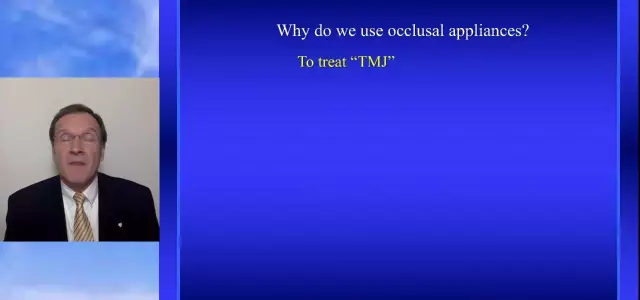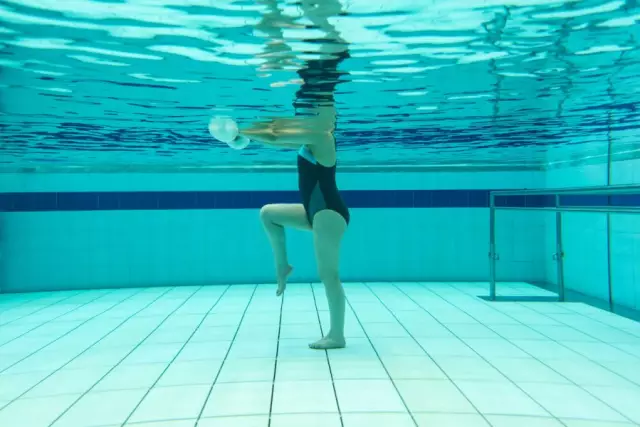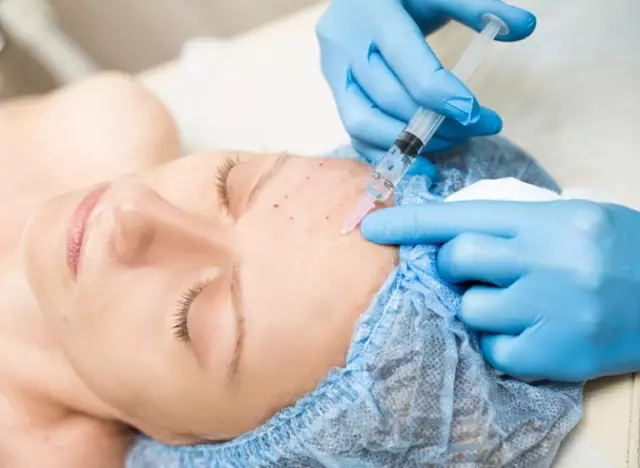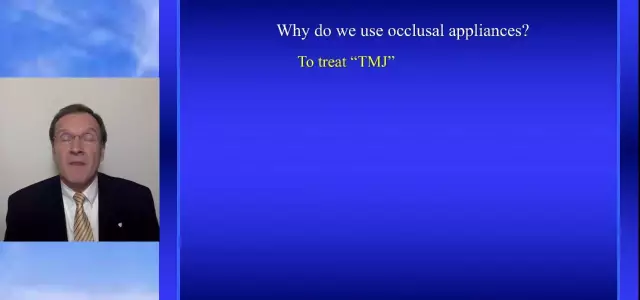- Author Rachel Wainwright [email protected].
- Public 2023-12-15 07:39.
- Last modified 2025-11-02 20:14.
Reflexology

Reflexology is a complex of therapeutic and diagnostic methods of influencing the active points of the human body surface. The active points on the surface of the body are called acupuncture points. There are more than 800 main acupuncture points on the human body. The physical methods of reflexotherapy are moxibustion, use of special needles, low-voltage electric currents, lasers, leeches, wormwood cigarettes, stones, seeds, metal plates or balls. Very often, reflexology is used as an additional method to drug therapy.
Reflexology history
The birthplace of this treatment method is considered to be China. The first method of point impact (Zheng-Tszyu) was described in the fifth century BC. In European countries, this direction began to be used only in the seventeenth century AD.
In 1913, the American scientist William Fitzgerald created a base for modern reflexology. The scientist found that it is possible to improve the functioning of various organs, relieve pain and inflammation by pressing on certain areas of the body surface. He outlined a diagram of the relationship between various areas of the body, highlighting ten main lines passing through the human body.
Reflexology methods
Various methods of reflexological influence can slow down or speed up the movement of energy in the energy channel associated with the affected organ. When choosing a method of exposure, the state of the affected organ is taken into account.
The method of acupuncture is to introduce steel, silver or gold needles through the skin into the active points of the human body. Acupuncture is the most effective method of reflexology. The therapeutic effect of acupuncture directly depends on the way the needle is inserted. Acupuncture can have a stimulating (tonic) or sedative (calming) effect on the organ system. When using micro-acupuncture, small needles are left in active points for several days.
Auriculotherapy - the impact of acupressure or microneedles on the active points of the auricle. There are more than 200 active points on the auricles. Normally, the points are painless, but with an acute illness, when pressing on them, the patient feels pain. In the case of a chronic disease, tuberosity, peeling, and pallor appear at their location.
Acupressure is a mechanical effect on active points using fingers or special instruments (without damaging the integrity of the skin). This method allows you to selectively and dosed regulate the work of various organs and systems of the body, as well as to influence the recovery and metabolic functions in tissues.
Thermopuncture (heating, moxibustion) - the effect of heat on active points. Usually, heating is carried out using wormwood cigars.
Electro-acupuncture or microcurrent reflexology - treatment with electrical micro-impulses. The method of microcurrent reflexology is used to relieve pain or as an independent method of influencing active points. Microcurrent reflexology is used in the complex treatment of children with cerebral palsy.
The method of vacuum reflexology (cupping therapy) - local skin irritation with rarefied air in the area of reflexogenic zones.
Magnetopuncture - exposure of active points to an alternating or constant magnetic field. It is believed that the south pole of a magnet relieves pain, while the north pole activates blood circulation and makes the organ work harder.
Laser reflexology - exposure to laser pulsed radiation. This method is effective for chronic and acute inflammatory, traumatic, degenerative-dystrophic diseases.
The method of centimeter-wave reflexotherapy is used for spastic conditions, painful radicular syndromes. It has desensitizing, anti-inflammatory and analgesic effects.
The method of ultrasonic reflexology is based on micromassage of cells and tissues, restructuring of tissue microstructures and changes in microcirculation.

Facial reflexology - impact on biologically active points of the face. The action of facial reflexology is to normalize the tone of facial muscles of the face and to improve microcirculation in its soft tissues. Facial reflexology is especially effective in treating nephropathy of the facial nerve.
Apireflexotherapy - impact on acupuncture points with bee stings.
Indications for reflexology
Many reviews of reflexology say that this method of treatment is used for diseases of the nervous system and sensory organs - neuritis, neuralgia, radiculitis, neuroses, neurasthenia, chronic fatigue syndrome, epilepsy, enuresis. Reflexology methods are successfully used for diseases of the cardiovascular system, eye diseases, ear diseases, lung diseases, skin. Some medical reviews about reflexology say that this method of treatment is used in diseases of the musculoskeletal system, diseases of the endocrine system, in gynecological diseases, in diseases of the gastrointestinal tract, as well as in pain syndromes of various origins and localization.
Contraindications to reflexology
Contraindications to the use of reflexology methods are malignant and benign tumors, acute infectious diseases, severe asthenization and general depletion of the body, feverish conditions, infancy, pregnancy, alcohol intoxication, acute mental agitation, active tuberculosis.
Acupuncture is not recommended on the day of taking MRI examinations, X-ray therapy, ultraviolet radiation, ultrasound.
Found a mistake in the text? Select it and press Ctrl + Enter.






